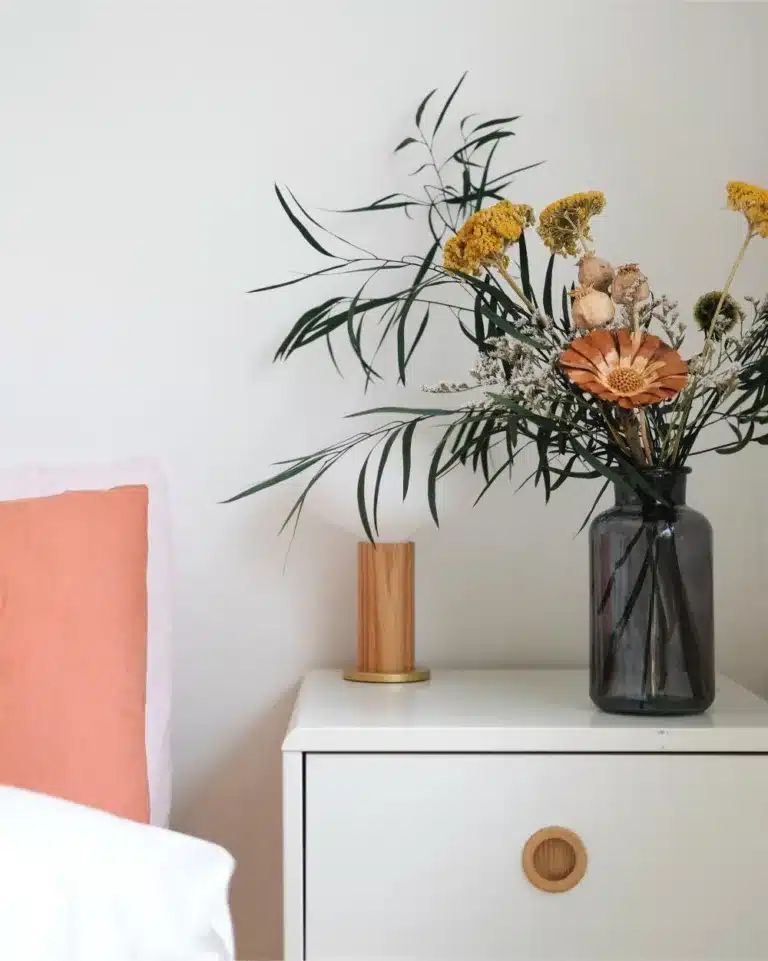Words Patrick Hamilton Courtney
Once you’ve done your homework and sussed out the kind of art you want to buy, you’ve got to find it. Loads of places are selling art, so it can be confusing to know where to start. Below we have broken down the five main ways that people acquire new works, and their benefits and drawbacks.
The art market has not stood still in the internet revolution. All auction houses list their upcoming sales catalogues online, art fairs name their participants, and most artists have websites. But the biggest change comes from ecommerce. Websites like ArtSpace and Saatchi Art have made collecting art as simple as shopping for groceries. They are the ASOS of the art market.
While the internet has certainly democratised collecting, there is no substitute for seeing art in the flesh. Photographs and dimension measurements can only go so far; to get a full sense of a piece it’s best to have stood in front of it. Still, many happy art purchases have been made purely through online discovery. For example, there is a significant rise in artists finding new buyers through Instagram. A carefully curated page and snapshots of work in an interiors setting can entice people to purchase.
Remember that all of the below are essentially businesses, and thus motivated by sales and profit. Not everything displayed in a gallery, art fair, etc, will be “good art”. It’s up to you to decide what is.
AUCTION
One of the more traditional methods of buying. Auctions sell everything from paintings worth hundreds of millions, to little watercolours that might not fetch £20. The most famous auction houses are Christie’s, Sotheby’s, Bonhams, and Phillips, though there are many other smaller, independent establishments. Sales are divided up into different categories, for example old masters or prints and multiples.
In some cases, buying at auction results in paying a lower price. Prints and multiples sales, for instance, often sell limited edition works that go for lower prices than they are sold for in private galleries. It also gives buyers a chance to acquire works that had otherwise been absorbed into private collections. Auction Houses will list their sales catalogues online, and the lots can usually be viewed in person in pre-sale viewings. Beware of hefty buyers premium’s and VAT, which can hammer prices up considerably, and always check for a fully accounted provenance.
GALLERY
Private galleries undoubtedly charge the highest prices, which is their main drawback. But the benefits are numerous. If a gallery is reputable, or in some cases even influential, you know you are buying an artist whose career is being nurtured and followed. When buying from a gallery that represents living artists there is rarely any reason to doubt authenticity, as most works come directly from the studio. You can also see the works up close, properly displayed in a calm and sophisticated environment.
Galleries are also known to nurture relationships with buyers. Staff are happy to discuss the works with potential clients, and over time this can result in fruitful relationships. Some private galleries will offer small discounts of around 10% to those who ask. Discounts are still considered taboo in some circles, but this is changing rapidly. Most collectors will tell you that there is the asking price, and then the price people pay.
ONLINE
Buying art online could be its own three part guide. So we’ll keep it brief. The internet can be used as a wonderful tool of discovery, allowing you to explore hundreds of artists and establishments from the comfort of your home. It also is brilliant for researching the value of works. The two main ways of buying art online are through online auctions or ecommerce sites. Some of the traditional auction houses offer online sales, but most are by online only vendors.
Examples include Paddle8, artnet, and Invaluable. Ecommerce websites have works that are available to purchase at set prices. They usually carry a large variety of work, and are easy to browse through like most online stores. Examples include 1stDibs, ArtSpace, RiseArt, Saatchi Art, and Culture Label. There are also many smaller galleries and printing studios that have their own online stores, which are well worth checking out.
ART FAIR
Art fairs serve two primary purposes. To display works to collectors and the public on a mass scale, and to sell, sell, sell. There are many fairs held in London each year that cover different kinds of art at varying price points. Participants in fairs are either galleries representing one or multiple artists, or artists representing themselves. Because of this, art fairs can be a great way to meet contemporary artists and learn more about their work. Bear in mind that galleries pay hefty premiums for a booth, and their primary motivation is to reach new collectors and make as many sales as possible.
Examples in London include Frieze, Masterpiece, the Original Print Fair, the Other Art Fair, Affordable Art Fair, the London Art Fair, Collect, PAD, and the Art & Antiques Fair.
DIRECT
Of all the ways of buying art, this is by far the loveliest. Buying art directly from the artist means 100% of the price will go to supporting that artist on her or his creative journey. Buying direct means you can learn about the art direct from the artist’s mouth. It also helps fledgling collectors to start to build relationships in the art community. Known collectors will always be the first to hear about upcoming shows, drinks receptions, and opportunities to acquire new work.
There are a few ways to buy direct from an artist. Above we have discussed discovering artists on Instagram and meeting them at art fairs. You can also email artists directly through their websites, and set up online purchases with no middle man. Some artists are happy to arrange studio visits which allow buyers to see the artist in their working environment, and often offer a better selection of works than otherwise available. Studio visits are the crème de la crème of buying from living artists.
Read about the basics of art collecting in Part 1, or head to Part 2 for advice on what to buy.







